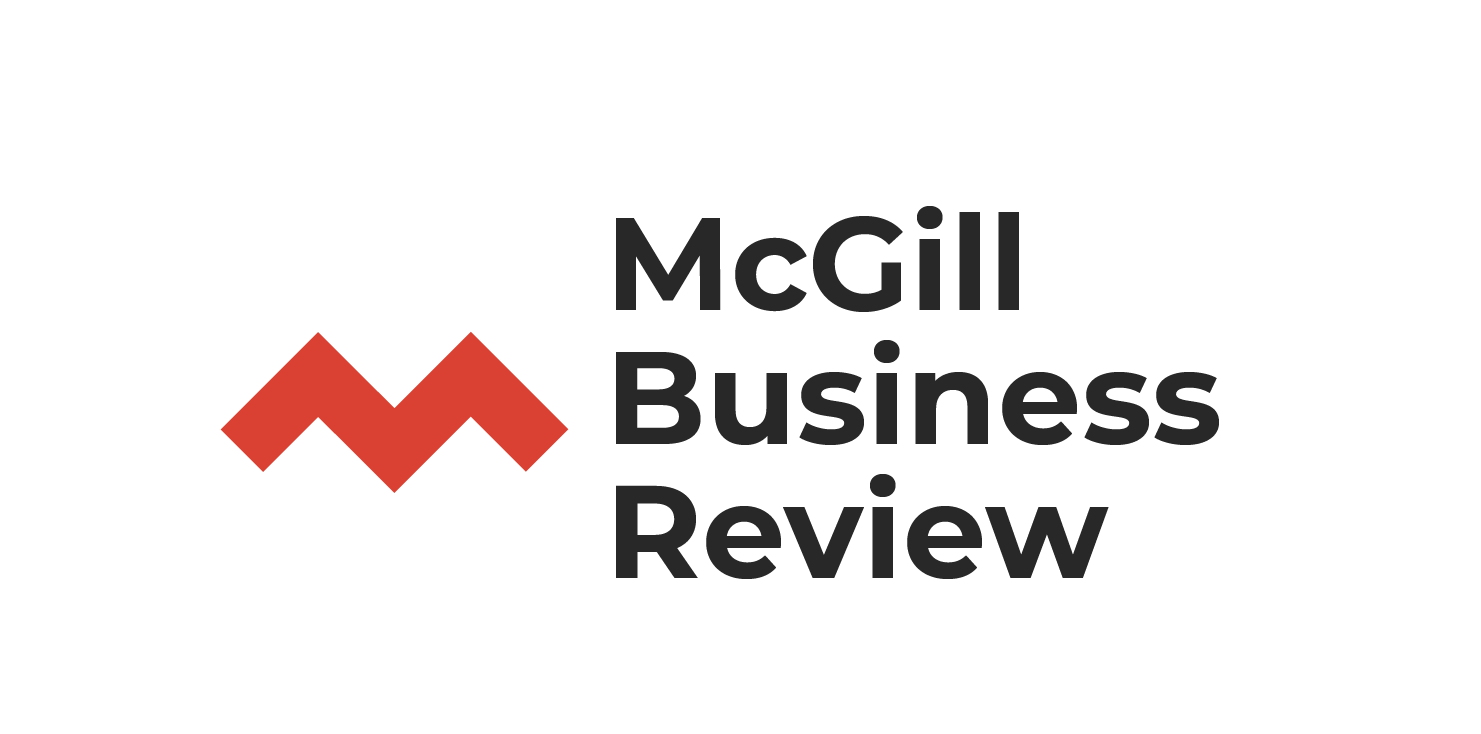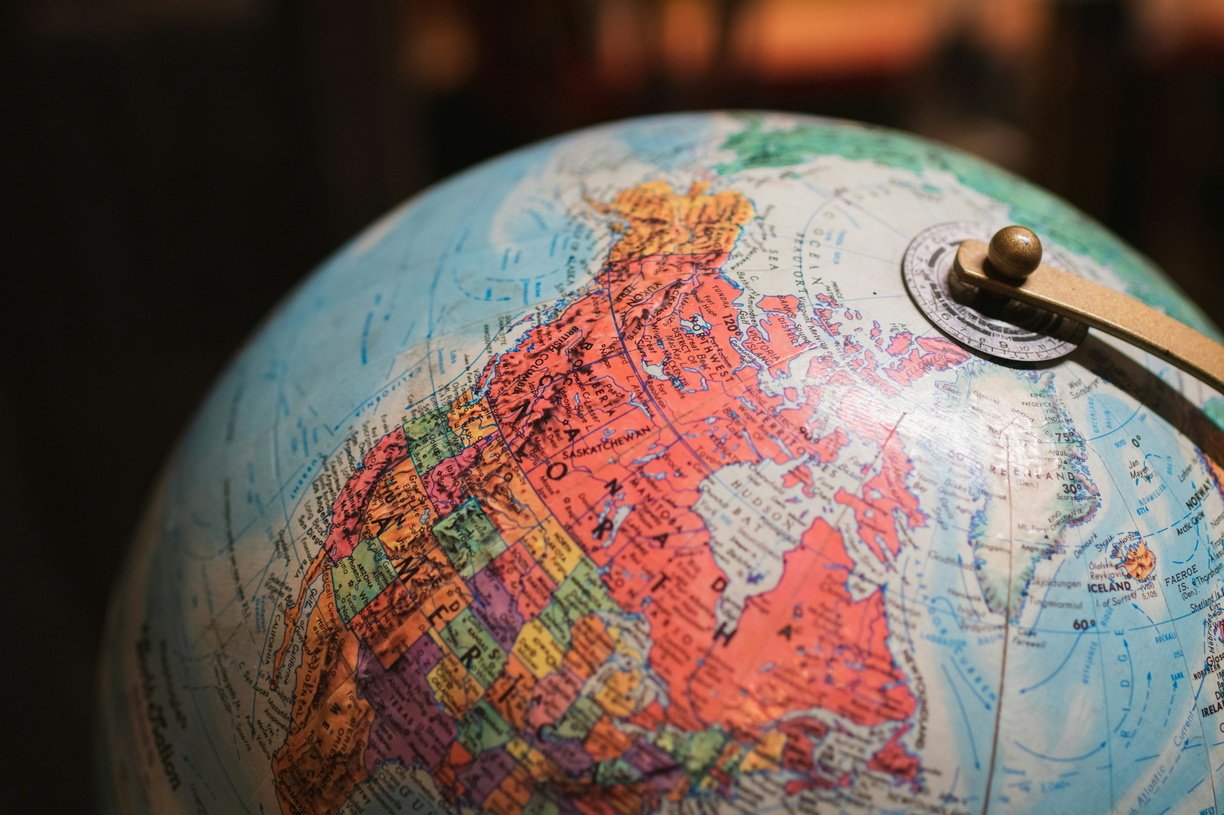Analyzing a North America We Haven’t Seen Since the Cold War - Why Conservative Governments are on the Rise in Canada and the United States
Although newly elected President Donald Trump and Pierre Poilievre represent two very different shades of right-wing politics, both are the political and pseudo-spiritual figureheads of a North American march towards the right. Trump was a business mogul who, suddenly, at age 70 was sworn into the presidency despite never serving in an elected office before. Poilievre, on the other hand, has been a dedicated career politician since being elected to the Canadian House of Commons at 25. These two men, despite their differences in political upbringing and beliefs, had favorable odds to win their respective elections. This would make it the first time that both a Republican and Conservative candidate presided over the two largest North American nations simultaneously since Ronald Reagan and Brian Mulroney did so over 35 years ago. Since this has never happened since the Cold War, one must ask: why is this the case? Why has North America been trending to the right?
Any answer to this question first requires an analysis of just how realistic a dual conservative administration is at present. US polling was predictably unpredictable, insofar as the election was too close to call. After the first presidential debate in early September, Trump saw a slight dip in the polls. However, any losses were recovered based on the polling following JD Vance’s performance in the vice presidential debate held on October 1st, 2024. What remained was an undeniable deadlock that characterized the 2024 US election polls, regardless of small dips and inconsistencies following events like national debates. Put simply, the US election was an unpredictable tossup, where both the Republicans and Democrats had a realistic shot at winning. Presidential polls alone, however, are insufficient at telling the full story of institutional right-wing shifts. For instance, right-wing judges make up 66% of the US Supreme Court, and the election awarded the US House and Senate to the Republicans. Therefore, the judiciary branch and legislative branch are becoming more conservative, with the fate of the executive branch following in their footsteps.
North of the US border, the odds look far different. A once stable supply and confidence agreement between the NDP and Liberal parties was “torn up” - an act indicative of growing discord amongst Canada’s left-leaning parties. Trudeau’s minority government has at no point before been more insecure. This structural instability may develop into a catastrophic failure, however, if they fail to maintain the timid support of the Bloc Quebecois or the NDP parties - both of which have various demands Trudeau must submit to. If the Liberals resist, some combination of the Bloc, NDP, and Conservatives will eviscerate the Liberal government in a no confidence vote. Canadian voters are privy to the drama and theatrics unfolding on Parliament Hill, and the polls reflect it. According to the CBC, Pierre Poilievre’s Conservatives command a 42.8% favorability in the polls, and are predicted to secure a majority even in the lowest extreme of the poll’s confidence interval. As such, seeing Pierre Poilievre ascend to Canada’s top position seems like an inevitable reality for Canadians living in early November, 2024.
Evidence clearly shows that, at the very least, a Trump/Poilievre outcome is a statistically likely outcome. This conclusion opens the door to analyzing why this is happening now in the two countries. The first reason has to do with the right’s rhetoric which aptly criticizes policy failures and left-wing leaders in power who perpetuate them. In Canada, Poilievre’s populist rhetoric about corrupt, inefficient politicians on the left has strongly impacted voters' perceptions over the current left-wing coalition government. With the cost of living on the rise and two of Canada’s biggest left-wing parties in power, Poilievre is in a position to criticize the entire Canadian left, thereby drawing support from moderates and undecided voters to his party. Trump, in a similar way, benefits from being able to pin the entirety of America’s problems on the Biden administration using degrading slogans and nicknames. Attacking the Democrats at an individual level has been a key rhetorical anchor for Trump, often pointing out Joe Biden's cognitive decline as a representation of broader left-wing political inaction. Make no mistake - Poilievre does this too, as the Canadian slogans “wacko PM” and “sellout Singh” are almost indistinguishable from Trump’s “sleepy Joe Biden” or “crooked Hillary”.
A strong appeal to rhetoric from both politicians has proven effective - even if exaggerated and disingenuous - at convincing voters. This is important because the right in the US, a perpetual two party state, and Canada, in times of left-wing coalition, are able to attack the entire political left and thus draw more support in the polls.
A second reason that resonates in both countries, to varying extents, is the growing concern over immigration. Trump has long been associated with radical immigration policies including the temporary banning of Muslims from entering the US and demanding the construction of a Mexican border wall. The attitude to these Trump policies may be changing in the wake of record high illegal immigration encounters in the US during the Biden administration. Despite the issue being highly politicized and therefore misrepresented, the consensus of bias-neutral sources supports Trump’s claim that illegal immigration encounters are at a high. For instance, the BBC published the following chart which supports the notion that migrant encounters are relatively skyrocketing throughout the Biden years compared to the Trump years.
Charts like these have an impact. 6/10 Americans believe that immigration is “very important” when casting their vote. As such, there have been recent efforts by the Biden administration to reduce illegal immigration which include forced deportations (even before refugee status is processed), increased patrols, and cooperation with the Mexican government. The fact that even the left-leaning Democrat party is embracing a tough immigration stance at this point signals a broad shift to the right on immigration in the minds of American voters, a fact which Trump capitalized on in this election.
In Canada, immigration is still a growing concern albeit in an entirely different way. In a 2023 poll, 40% of Canadians deem current legal immigration targets as “way too high", " 67% “too high,” and just 2% claiming it is not high enough. The failure of the international student immigration system is also driving support for the right, with a surge in international students contributing to an increase in rental prices and an “uncontrolled growth” of colleges who offer inferior programs to these students. Approximately 1 in 40 Canadians are on a foreign student permit. The sentiment is that the system is being overwhelmed, exploited, and harming both Canadians and international students alike. Blame for the problem is being placed solely on the Trudeau administration because the problem spiraled out of control under his administration. Trudeau was elected in 2015 and has remained in power ever since, and as the chart demonstrates the problem has gotten worse under his leadership even when he had a majority government. Abstract figures like these coupled with the very real struggles felt by millions of Canadians certainly contribute to a shift to the right over immigration.
The graph above is precisely what data Poilievre’s campaign is relying on to convince voters that a deep, systemic problem will not be fixed by the current administration. It is important to note that issues like the carbon tax, an unbalanced budget, and bureaucratic inefficiencies are arguably more central to Poilievre’s popularity. In any case, however, an immigration system that has been exploited, and continues to exploit international students only exacerbates the urgency of the other issues on which Poilievre campaigns on.
It is obvious by now that the issue of immigration plays out in fundamentally different ways in the two nations. Canada does not suffer from overwhelming southern border crossings, nor does it have a party comparable in size and relevance to the Republicans that associates itself so strongly with anti-immigration. After all, the Canadian Conservatives are the “axe the tax party” - not the “axe immigration” party. However, although immigration is most definitely more imperative to the rise of the right in the US as opposed to Canada, a poor immigration system nonetheless represents a system failure of great importance. Critical weaknesses in the immigration systems of both the US and Canada are becoming more felt, and more visible. In the minds of voters, rapid immigration growth under current administrations leaves the left responsible for creating the conditions which the right claims to be easily exploited in Canada, or just broken in the US.
So why might we see the first simultaneous Republican/Conservative administration in 35 years? The answer is far too nuanced to be ascertained in a short article. But what is achievable is to identify key themes and issues that do contribute to a growing popular affinity to the right. The most simple answer might be that people are frustrated with the current left-wing administrations in both countries and will simply support the alternative. Due to the two-party system, the US alternative is just the Republican party. In Canada, the left coalition government means the alternative is just the Conservatives (excluding the Quebec-exclusive Bloc Quebecois). The more intricate answer, however, lies within the strategies adopted by Trump/Poilievre that appear to be striking a chord amongst North American voters. Identifying critical weaknesses in very important governmental responsibilities like the immigration system, the taxation system, and the people who are enshrined with them have effectively emphasized the urgency for change. The demand for change is more pertinent in Canada after almost a decade of Trudeau’s leadership, evidenced by the nearly 20 point differential in the polls between the Conservatives and the second most popular party. That being said, change in the US and Canada, no matter how urgent the polls portray it, seems like an unavoidable outcome in the future.



